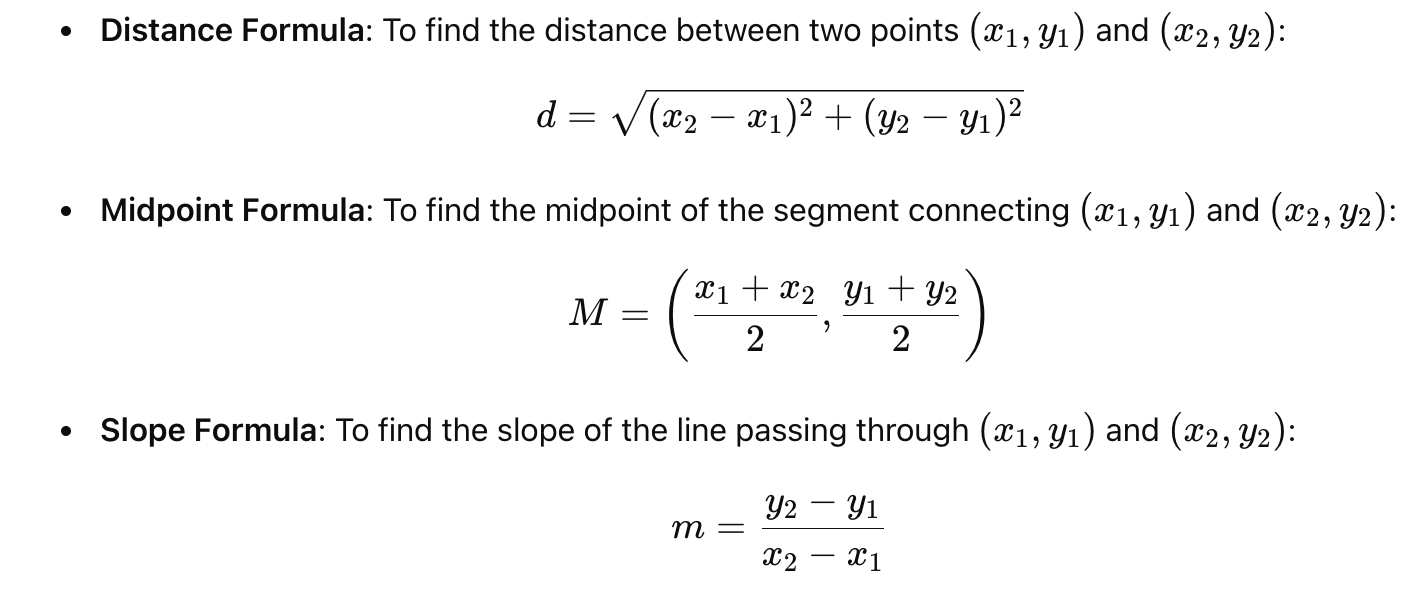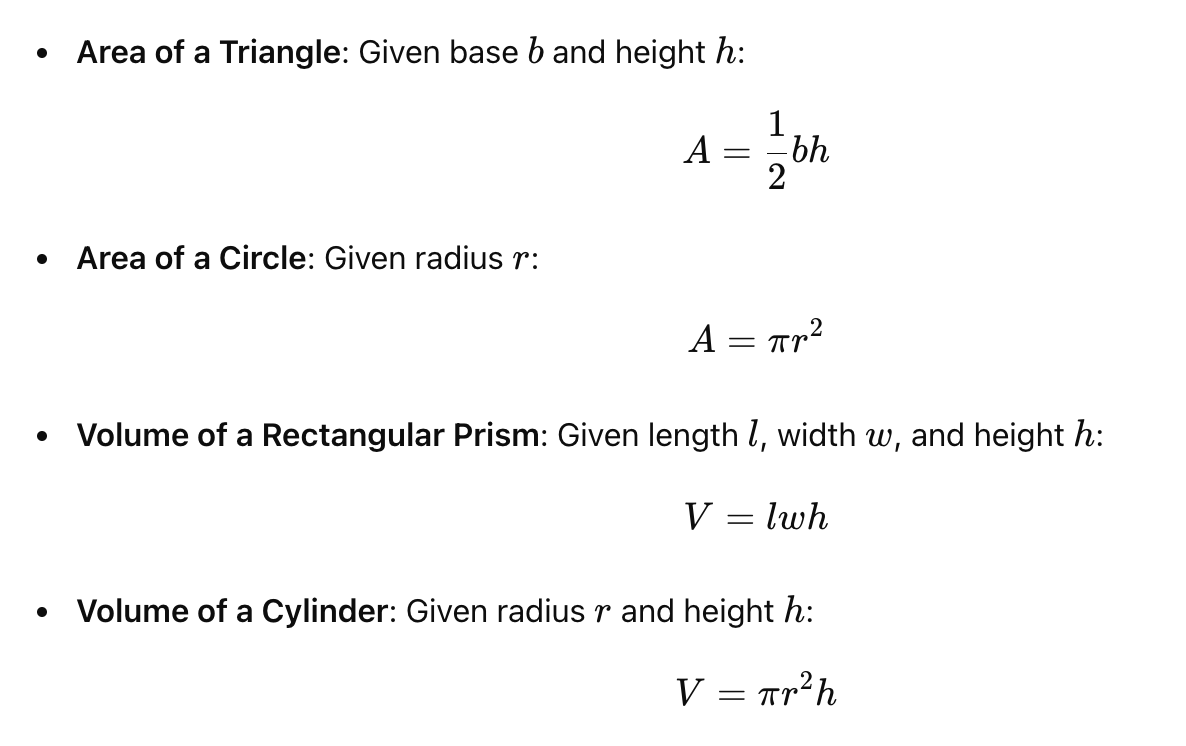The Geometry Regents exam is a crucial component of the high school mathematics curriculum in New York State. It assesses students’ understanding of geometric concepts, logical reasoning, and problem-solving skills. This comprehensive guide will help you navigate the key topics, provide strategies for success, and offer a deeper understanding of the mathematical principles involved.
Key Topics in Geometry Regents
1. Congruence and Similarity
Understanding congruence and similarity is fundamental in geometry. These concepts are based on the idea of figures having the same shape and size (congruence) or the same shape but different sizes (similarity).
- Congruent Figures: Two figures are congruent if they have the same shape and size. This can be proven through various congruence criteria for triangles such as SSS (Side-Side-Side), SAS (Side-Angle-Side), ASA (Angle-Side-Angle), and AAS (Angle-Angle-Side).
- Similar Figures: Two figures are similar if they have the same shape but not necessarily the same size. This involves proportional relationships and can be established using AA (Angle-Angle), SSS (Side-Side-Side) similarity, and SAS (Side-Angle-Side) similarity.
2. Coordinate Geometry
Coordinate geometry involves placing geometric figures in a coordinate plane and using algebraic formulas to solve geometric problems.

3. Transformations
Transformations involve moving or changing geometric figures while preserving certain properties. The main types of transformations include translations, rotations, reflections, and dilations.
- Translation: Sliding a figure without rotating or flipping it.
- Rotation: Turning a figure around a point.
- Reflection: Flipping a figure over a line to create a mirror image.
- Dilation: Resizing a figure proportionally.
4. Trigonometry
Trigonometry in geometry focuses on the relationships between the angles and sides of right triangles.

5. Circles
Understanding the properties of circles is essential in geometry. Key concepts include the relationships between angles and arcs, and the properties of tangents and secants.
Recommended Reading: Quadratic formula song: A fun way to learn quadratic equations.

6. Area and Volume
Calculating the area and volume of various geometric shapes is a common task in geometry.















